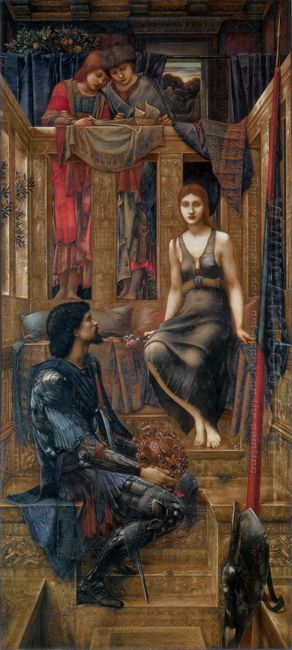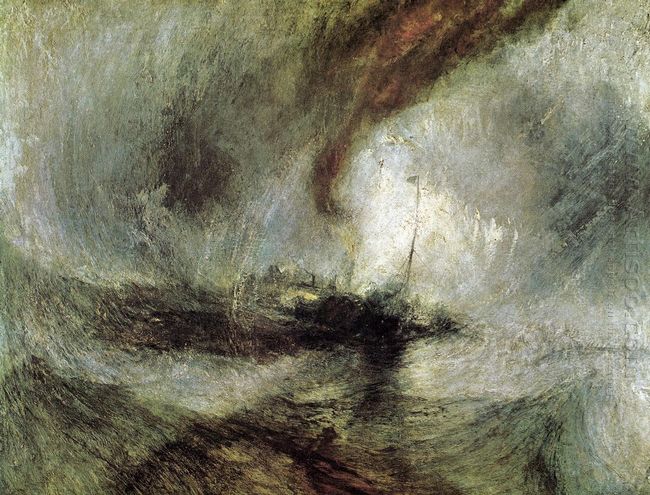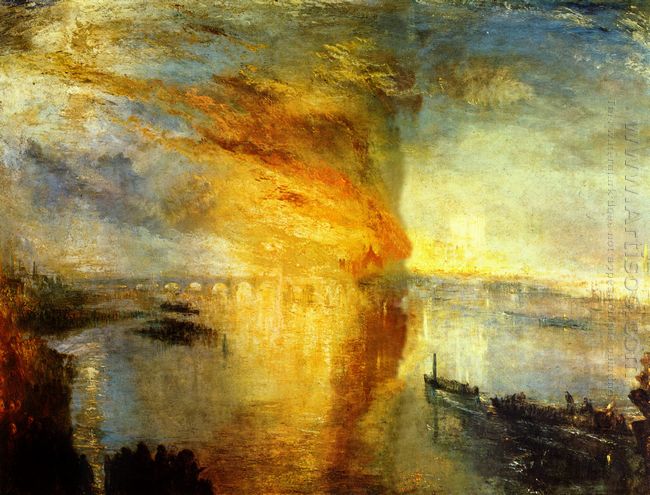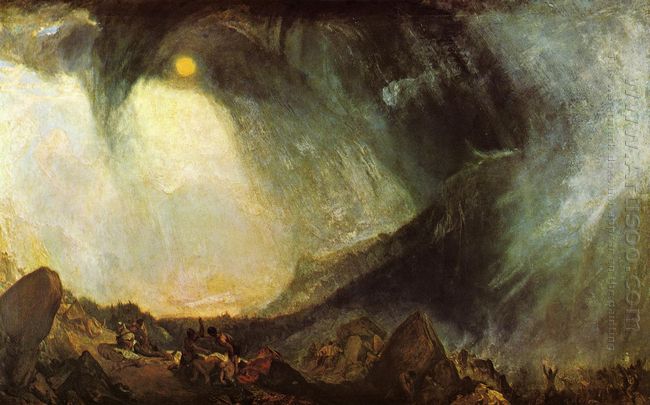King Cophetua and the Beggar Maid was the painter Edward Burne Jones' greatest work. This painting was based on an old folk song. The blonde young woman took a seat on the throne. Despite of the clumsy clothes, it did not conceal her pure body. The king was willing to sit down under her and was ready to submit the crown to her. This was not only the symbol of the spirit and material, but also the moral irony. This feeling for the Medieval Knight was the artist's own soul catharsis. In the pragmatism prevailing atmosphere of modern urban life, how to define this helpless mood? However, it catered to a large amount of audience and was undergone the fanatical praise at the Paris World Expo in 1889. Bourne Jones had been recognized by the contemporary painting world. Times said it was not only the most beautiful work of Bourne Jones, but also the most brilliant one of Britain. In the same year, the Queen canonized him as honorary baronet.
The king thought the begging woman was the pure wife that he was looking for and put his crown as the return to please the begging female. She was straightly sitting as if to accept the crown. But the anemone she got was the symbol that she refused to the king’s love. The king sat below with reverence. The main figures in the painting were Bourne Jones and his wife for models. And this painting became the most well known work of Bourne Jones.






